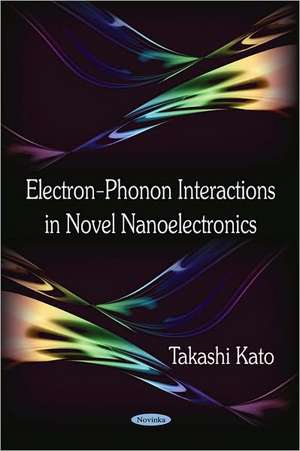Electron-Phonon Interactions in Novel Nanoelectronics
Autor Takashi Katoen Limba Engleză Paperback – 30 apr 2009
Preț: 301.38 lei
Preț vechi: 406.88 lei
-26% Nou
Puncte Express: 452
Preț estimativ în valută:
57.67€ • 59.87$ • 48.09£
57.67€ • 59.87$ • 48.09£
Carte disponibilă
Livrare economică 01-15 martie
Preluare comenzi: 021 569.72.76
Specificații
ISBN-13: 9781606921708
ISBN-10: 1606921703
Pagini: 87
Ilustrații: charts & illus
Dimensiuni: 161 x 230 x 8 mm
Greutate: 0.19 kg
Editura: Nova Science Publishers Inc
ISBN-10: 1606921703
Pagini: 87
Ilustrații: charts & illus
Dimensiuni: 161 x 230 x 8 mm
Greutate: 0.19 kg
Editura: Nova Science Publishers Inc
Cuprins
Preface; Introduction; Theoretical Background; Electron-Phonon Coupling Constants for the Charged Electronic States of Polyacenes, Polyfluoroacenes, B, N-Substituted Polyacenes, and Polycyanodienes; Optimized Structures; Electron-Phonon Coupling Constants; Total Electron-Phonon Coupling Constants; The Logarithmically Averaged Phonon Frequencies; Concluding Remarks; Index.














